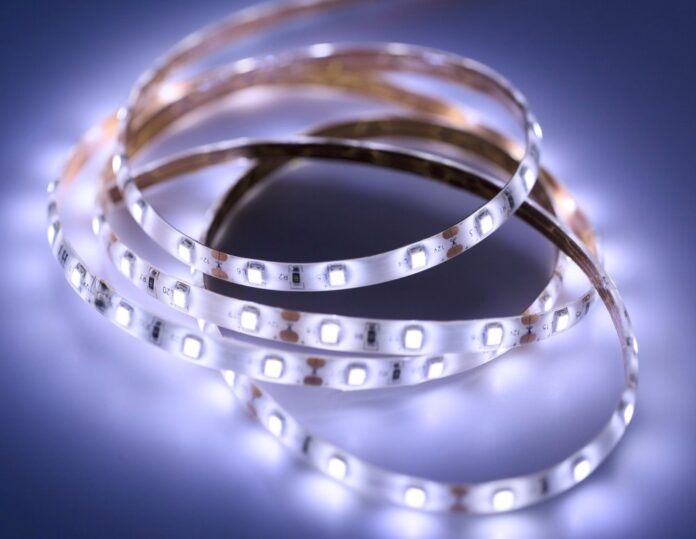[ad_1]

LEDs, or Light Emitting Diodes, are light sources that have changed the way we think about lighting. They are compact, efficient, efficacious (if you keep track of that kind of thing, that is a Scrabble word!), durable, extremely functional, and less expensive to operate. Incandescent bulbs in contrast, are inefficient, not nearly as functional, and fairly short-lived.
Some of the biggest differences between these two light sources are how they produce light. An LED passes energy between a region that is positively charged and a region that is negatively charged. As the electrons move between these two sections, energy is released. A small amount of that energy is released as heat while most of the energy is released as photons (units of light). An incandescent bulb passes energy through a tungsten filament that heats up and glows, giving off light . . . and heat. A lot of heat. Efficiency translates to how much light is created for a certain input of energy versus how much is wasted as heat. In an LED, most of the energy becomes light, making the LED efficient. Because LEDs produce much less heat than incandescent bulbs, less energy is wasted, which translates into significant energy savings. Couple that with the fact that LEDs generally last between 50,000–100,000 hours compared to about 1,200 hours for an incandescent bulb, and you’ve got yourself a front-runner in the lighting category!
Remember when I said that LEDs are functional? You may not realize it, but LED lights are EVERYWHERE! Next time you’re at the movie theater, look what is lighting up the candy display. I bet you it is a strip of LEDs. Pay attention to commercials for cars while watching TV . . . see the beautiful line of blue lights running along the inside of the door and continuing along the dashboard— yep, that’s an LED strip. If you happen to be at a furniture store and see a headboard for a bed that is backlit—you guessed it, another LED strip light hard at work.

So, how did these LED strips become so ubiquitous in our lives? Well, to answer that question, let’s take a trip back in time to 1962. This was the year that Nick Holoynack invented the first Light Emitting Diode (LED). But if we were being thorough with our history, we would travel all the way back to 1907. This was the year that Henry Joseph Round discovered that passing 10v through silicon carbide produced a slight glow. Though not exactly an LED, it was a direct predecessor of the modern LED, and was the basis of experimentation that culminated in the first LED. Since 1962, LEDs have become more efficient (producing less heat), more efficacious (supplying more light), and less expensive.
In 2023, we are fortunate to be able to get LED strips in a variety of colors that are perfect for any number of projects. These LEDs are dimmable with many control options, and engineering advancements allow you to create shapes and patterns with LEDs that were never possible before.
Find a variety of LED lighting solutions for your next project by visiting our website or calling 1-800-624-4488. You can also try our convenient pop-up chat feature at the bottom right corner of our web pages.
[ad_2]
blog.1000bulbs.com










